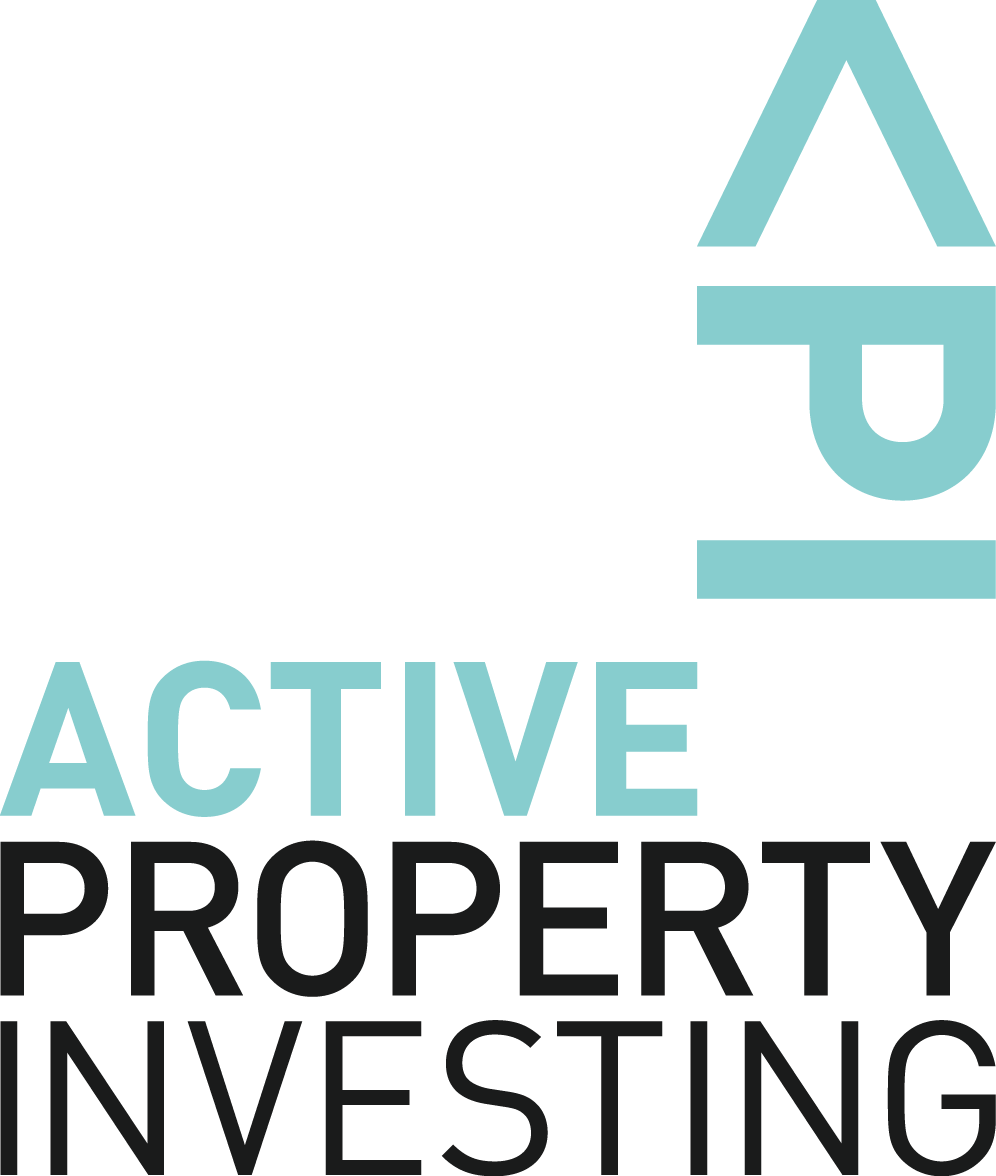Optimising your cashflow by maximising your claims!
As landlords, it’s our obligation to provide a safe and liveable home for our tenants and the funds we invest to do so, may just come back as your tax deduction.
I recently had a tenant vacate our property and under the guidance of our experienced property manager, the suggestion of new carpet was going to give it the edge to rent in a competitive market. Likewise, if you’ve made some improvement or added reverse cycle air-conditioning for greater comfort, the ATO allows us to deduct or depreciate these costs.
For newly built properties, the maximum depreciation of the build costs and the fixtures and fittings can be claimable by the first owner.
For this edition of ‘End of financial year property investor tips’ our guest writer, Kim Quach from DuoTax Quantity Surveyors, shares 3-tips on how to maximum your write offs:
- Use a quantity surveyor instead of an accountant’s estimate
With the quantity surveyors background in providing cost estimations and breakdown, the ATO view them as the most qualified professionals to prepare the tax depreciation schedules. This is because within an investment property, there are a multitude of different depreciable assets where their cost cannot be estimated by accountants. Where provided a construction cost from the builder, an accountant can only claim 2.5 of the construction cost per year. Whereas engaging a Quantity Surveyor, they can value each individual piece of plant and equipment such as air conditioners, flooring, ovens, and hot water systems which depreciate at rates between 10-25 per year. Allowing plenty more depreciation in a much shorter time frame compared to an accountant.
- A single depreciation report covers the lifetime of the property which can be up to 40 years.
When a depreciation schedule is prepared for a brand-new property, the schedule itself will be valid for a 40 year period, this means the investor is not required to have the schedule renewed every year. The accountant would also hold onto the full schedule for their clients’ convenience to include the figures outlined each year.
- The report fee is 100 tax deductible and if purchased before 30th June 2021, can be claimed in the 2020/21 tax return.
To claim another deduction in your tax returns this year, the full cost of preparing the tax depreciation schedule is tax deductible if the report is purchased and paid for before 30th of June.
___
If you haven’t already organised a depreciation schedule for your property, get in contact with Jana Abesamis, our client services manager to access our discount code for DuoTax depreciation schedules. Be organised and avoid the frantic rush for end of financial year.
Bio: DuoTax has a mission to help property investors understand how to maximise their investments potential through educating and assisting them on the tax depreciation schedule. With a strong passion of helping Australian investors build their knowledge and help them navigate their way to building a successful property portfolio.
DuoTax Website | LinkedIn | Facebook
___
Disclaimer: Active Property Investing and its representatives are not qualified Financial Planners, Financial Advisors or Taxation Accountants. The information presented is general advice only and should not be construed as personal, financial or credit advice nor should it be considered as specific recommendations or investment advice.
This information has not taken into account your needs, objectives and financial situation. As each individual’s circumstances are different, we strongly recommend your own independent review, investigation and analysis of any proposed investment.
We recommend that before making an investment decision each prospective investor should consult independent and professional advisers and should consider whether an investment is appropriate in light of your particular legal requirements, investment objectives, financial circumstances and needs.
While all attempts have been made to verify the information provided, neither the author, presenter nor will publisher bear any responsibility or liability for any error, omission or contrary interpretation of the subject matter.

